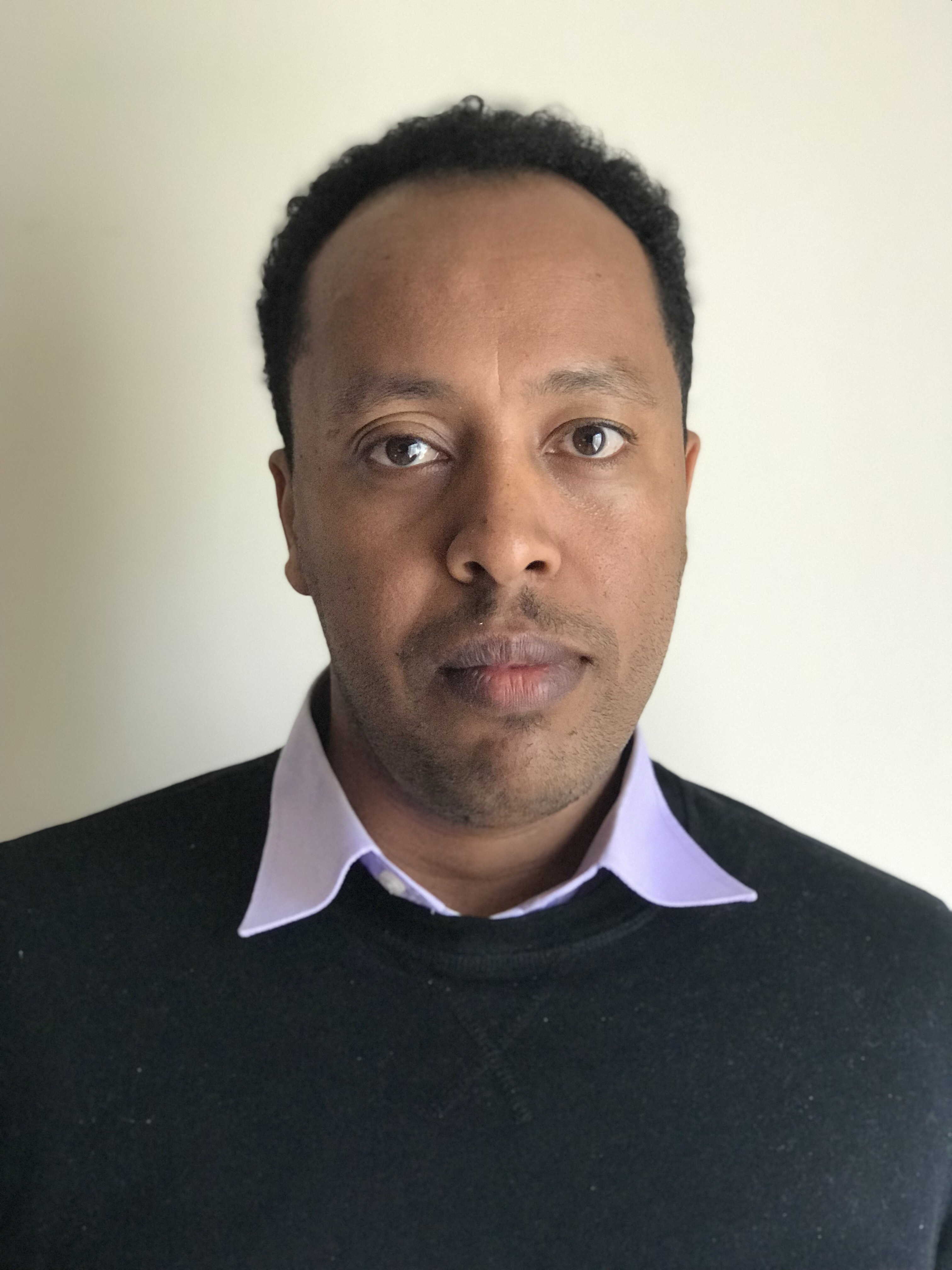The Pronoun Gap: Teaching Care and Clarity in Intercultural Contexts: A Reflection from the Intercultural Classroom
In my intercultural communication courses, especially those focused on health communication, language regularly becomes the terrain where deep cultural differences surface—not just in content, but in form. One moment that continues to stay with me occurred during a session I taught on how to effectively and respectfully communicate in healthcare settings, particularly when caring for LGBTQ+ elders.
I had invited a guest speaker—a health educator and advocate who identifies as a member of the LGBTQ+ community—to lecture on best practices for supporting queer and transgender elders in long-term care facilities. The speaker emphasized the importance of pronoun usage, explaining how affirming a resident’s gender identity through correct pronouns can foster dignity and trust in caregiving.
My students, however, came from a variety of cultural and linguistic backgrounds—most of them multilingual, and many of them from regions where gendered pronouns are not only present but used in highly structured ways. In languages I’m familiar with, for instance, pronouns such as he/him, she/her, and they/them exist alongside a neutral form like it, which is reserved strictly for non-human objects like trees or cars. Human and animal references follow strict gendered norms, and the use of they/them often carries a different function altogether—such as signaling deep respect or deference, particularly when addressing older individuals or religious leaders. In that context, they is not about gender fluidity—it’s about status and honor.
One student, with genuine curiosity and no intent to offend, asked the guest: “Do people use they/them pronouns for older people because they are older?” To some ears, the question may have sounded confusing, but I immediately understood where it came from. In the student’s cultural and linguistic framework, using plural pronouns for elders is a way of showing reverence—not a reference to gender identity or plurality in the Western sense.
The guest, unaware of the cultural nuance behind the question, replied from their own experience, explaining that they/them is used by individuals—including younger people—as a way to reflect gender fluidity or a non-binary identity. The clarification was accurate and important, but the moment revealed a deeper gap in intercultural understanding. The student looked puzzled—not because they disagreed, but because the explanation didn’t map onto their linguistic worldview.
After the class, I found myself reflecting on what had transpired—not just the confusion, but the vulnerability on both sides. The student was trying to reconcile two systems of meaning: one rooted in linguistic respect, the other in identity affirmation. The guest was doing the emotional labor of explaining a personal truth to a roomful of strangers. And I, as the facilitator, was reminded that even the most well-intentioned conversations can falter when we assume shared meanings across different cultural and linguistic contexts.
As a teacher, I took that moment as an opportunity to slow down and unpack. We revisited the discussion the following class, this time examining how pronouns work differently across languages. We talked about how some pronouns carry social or religious weight in one context, while signaling personal identity in another.
In that conversation, I shared an example drawn from several Ethiopian languages, where plural pronouns are employed not to indicate gender diversity, but rather to express respect and social hierarchy. Though not a direct or literal translation of the English they, these linguistic forms perform a comparable function. In Amharic, for instance, the term Esachew is used to address a respected elder or religious authority, and in Oromo, the equivalent term Isaan carries a similar connotation. Both can denote the plural “they” in grammatical terms, but in practice, they are often used to refer to a single individual whose social standing warrants such respectful pluralization. This usage can introduce ambiguity, particularly in spoken contexts, where verb conjugations may not clarify whether the referent is singular or plural. Nevertheless, these forms function much like the “royal we” in English, wherein a singular speaker invokes the plural to convey dignity, reverence, or institutional authority.
These cross-cultural examples helped illuminate for my students how care, especially in healthcare settings, requires more than technical knowledge—it requires cultural humility. This experience underscored something I’ve long believed: that teaching intercultural communication isn’t simply about translating words or decoding gestures. It’s about teaching students to sit with ambiguity, to question assumptions, and to recognize that even everyday language is shaped by power, history, and identity. Respect doesn’t always look the same across cultures, but the willingness to listen—to really listen—is a form of care in itself.
In an era where language is so often politicized, especially around gender and identity, the classroom remains one of the few places where we can still make room for confusion, curiosity, and growth. And sometimes, it’s in those small misunderstandings—those brief moments of “I didn’t know that”—that real intercultural learning begins.
